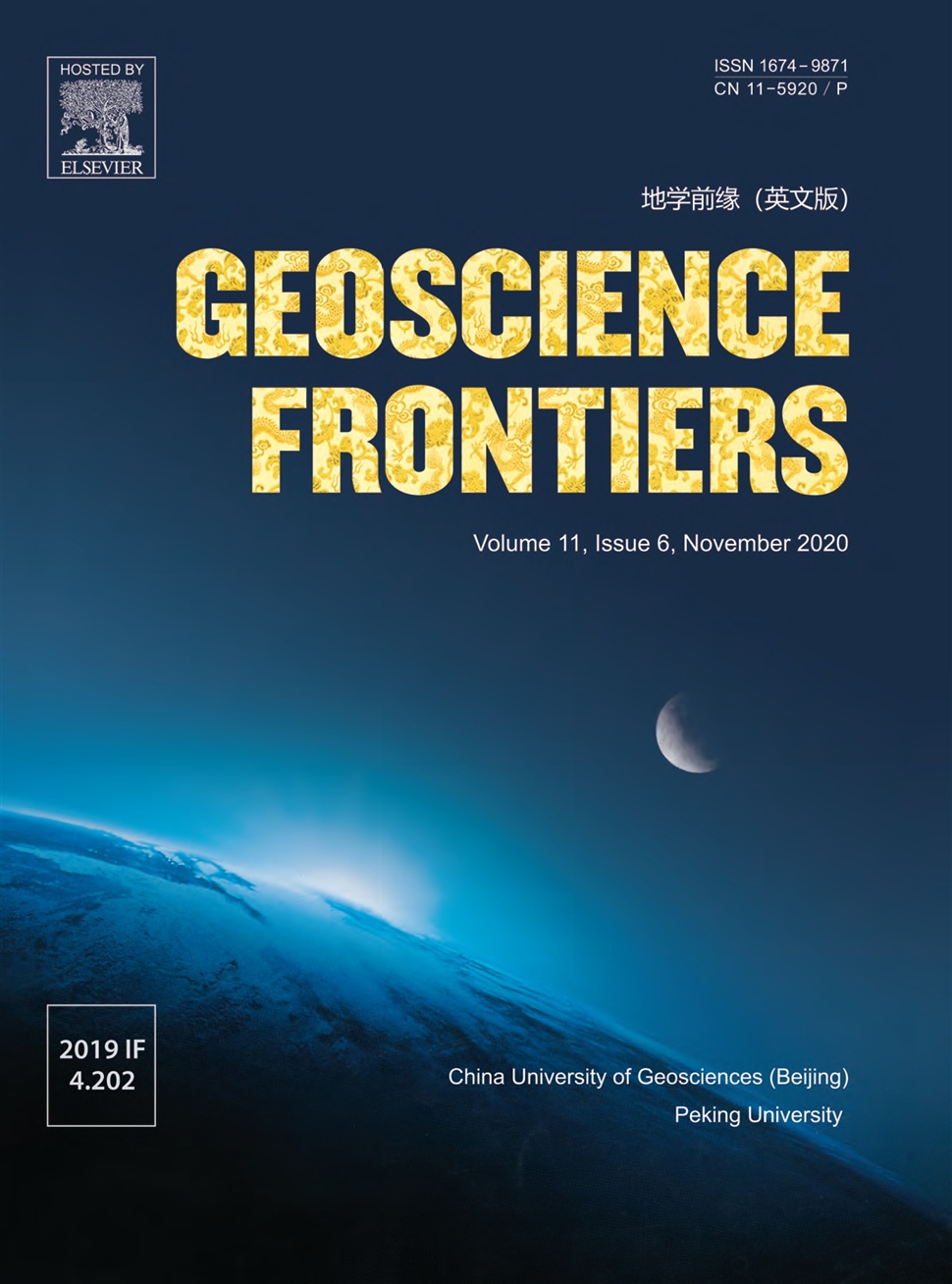A machine learning approach to tungsten prospectivity modelling using knowledge-driven feature extraction and model confidenc
作者:Christopher M.Yeomans,Robin K.Shail,Stephen Grebby,Vesa Nykanen,Maarit Middleton,Paul A.J.Lusty
摘要:Novel mineral prospectivity modelling presented here applies knowledge-driven feature extraction to a datadriven machine learning approach for tungsten mineralisation.The method emphasises the importance of appropriate model evaluation and develops a new Confidence Metric to generate spatially refined and robust exploration targets.The data-driven Random ForestTM algorithm is employed to model tungsten mineralisation in SW England using a range of geological,geochemical and geophysical evidence layers which include a depth to granite evidence layer.Two models are presented,one using standardised input variables and a second that implements fuzzy set theory as part of an augmented feature extraction step.The use of fuzzy data transformations mean feature extraction can incorporate some user-knowledge about the mineralisation into the model.The typically subjective approach is guided using the Receiver Operating Characteristics(ROC)curve tool where transformed data are compared to known training samples.The modelling is conducted using 34 known true positive samples with 10 sets of randomly generated true negative samples to test the random effect on the model.The two models have similar accuracy but show different spatial distributions when identifying highly prospective targets.Areal analysis shows that the fuzzy-transformed model is a better discriminator and highlights three areas of high prospectivity that were not previously known.The Confidence Metric,derived from model variance,is employed to further evaluate the models.The new metric is useful for refining exploration targets and highlighting the most robust areas for follow-up investigation.The fuzzy-transformed model is shown to contain larger areas of high model confidence compared to the model using standardised variables.Finally,legacy mining data,from drilling reports and mine descriptions,is used to further validate the fuzzy-transformed model and gauge the depth of potential deposits.Descriptions of mineralisation corroborate that the targets gener
发文机构:Camborne School of Mines British Geological Survey University of Nottingham Geological Survey of Finland
关键词:MachinelearningMineralprospectivitymodellingMineralexplorationRandomForestTMTUNGSTENSWEngland
分类号: TP3[自动化与计算机技术—计算机科学与技术]
- Evolution of Mount Cameroon volcanism: Geochemistry, mineral chemistry and radiogenic isotopes(Pb, Sr, Nd)
- A large epeiric methanogenic Bambuí sea in the core of Gondwana supercontinent?
- Adakite-like granitoids of Songkultau:A relic of juvenile Cambrian arc in Kyrgyz Tien Shan
- Subaerial hot springs and near-surface hydrothermal mineral systems past and present,and possible extraterrestrial analogues
- East African topography and volcanism explained by a single,migrating plume
- Late Mesozoic topographic evolution of western Transbaikalia:Evidence for rapid geodynamic changes from the Mongol-Okhotsk collision to widespread rifting
- Water in coesite: Incorporation mechanism and operation condition,solubility and P-T dependence, and contribution to water transport and coesite preservation
- Constructing the latest Neoproterozoic to Early Paleozoic multiple crust-mantle interactions in western Bainaimiao arc terrane,southeastern Central Asian Orogenic Belt
- Characteristics of carbonatites from the northern part of the Korean Peninsula: A perspective from distribution, geology and geochemistry
- Recognition of two contrasting structural-and mineralogical-gold mineral systems in the Youjiang basin,China-Vietnam:Orogenic gold in the south and Carlin-type in the north


